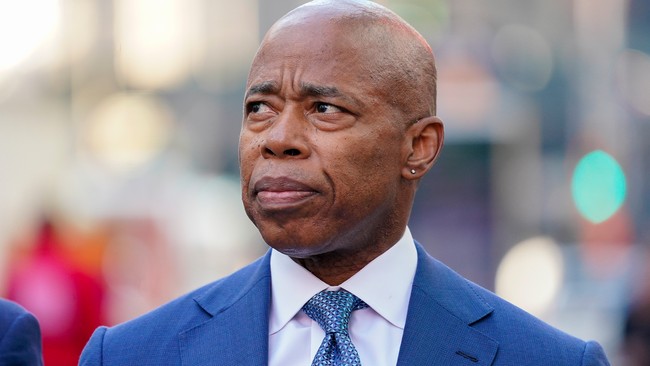US and Houthi Tensions Escalate in Yemen
Amidst a backdrop of intense military operations and regional tensions, the conflict in Yemen continues to draw international focus. This analysis delves into the complexities.
Published March 29, 2025 - 00:03am

Image recovered from arabnews.com
The latest escalations in Yemen highlight a significant intensification of military activity involving the United States and Houthi rebels. Recent reports reveal that suspected US airstrikes have been targeting Houthi-controlled regions, notably including the capital, Sanaa, as well as other strategic locations like Al-Jawf, Amran, Marib, and Hodeida. These aggressive operations, reportedly more extensive than those seen under the previous administration, have raised concerns over civilian safety and the humanitarian impact.
US Central Command, which has been granted authority to conduct offensive strikes in Yemen without the need for pre-approval, has yet to formally acknowledge these actions. However, the Houthis have reported dozens of airstrikes and significant casualties. The current campaign began amidst threats from the Houthis to target 'Israeli' ships, a term they use broadly, after Israel's blockade of aid to Gaza. In the past, the Houthis have been responsible for attacks on over 100 merchant vessels, demonstrating their capability and willingness to disrupt maritime activities in the region.
Amidst these military escalations, the Houthis have also claimed responsibility for launching rockets aimed at both a US warship, the USS Harry Truman, and Israel. This adds a geopolitical dimension to the conflict, as the Houthis express solidarity with Hamas against Israeli actions in Gaza. The conflict underscores the broader power struggles in the Middle East, involving not only regional actors but also global powers like the United States.
Recently, a surveillance video from Saada captured the terrifying reality of airstrikes, as Yemeni civilians, including children, are caught in the crossfire. Internationally, these operations have prompted varied reactions, with different media outlets providing distinct perspectives based on their regional and political orientations. The attacks have further strained US-Houthi relations, as the US aims to curb the rebels' influence and support for terrorism in conjunction with Iranian backers.
In response to the airstrikes, the Houthis have intensified their threats against US interests and allied nations in the region. Their bold maneuvers included missile attempts targeting high-profile locations in Israel, resulting in heightened tensions and necessitating international interventions to prevent further escalation.
While the US maintains its stance on preventing Houthi militants from gaining further ground, the humanitarian situation in Yemen continues to deteriorate. Reports from regions like Sanaa suggest significant civilian hardship, exacerbated by the already crucial needs stemming from years of prolonged conflict. The Houthis have painted these actions as part of a larger campaign against imperial powers, while critics argue that their tactics risk significant collateral damage.
As the world watches, there remains a critical need for diplomatic solutions to navigate the complex dynamics at play. Achieving peace in Yemen involves addressing the multifaceted challenges posed by internal divisions, regional power struggles, and international interests. Until then, the humanitarian crisis remains an urgent issue demanding global attention and action.






